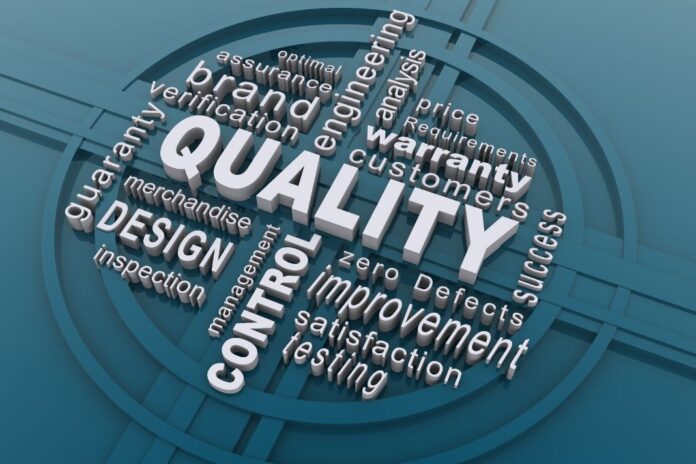In the realm of medical imaging, precision and accuracy are non-negotiable. The diagnostic and treatment decisions that healthcare professionals make rely heavily on the quality of medical imaging equipment. In India, where the healthcare sector is witnessing exponential growth, ensuring the highest standards of quality control and assurance in medical imaging equipment manufacturing is paramount. In this article, we delve into the pivotal role that quality control and assurance play in elevating healthcare standards in the Indian context.
Setting the Quality Benchmark
Quality control and assurance begin at the very inception of medical imaging equipment manufacturing. The journey starts with stringent quality standards that guide the design and production processes. Indian manufacturers understand that any compromise on quality can have far-reaching consequences on patient care and diagnostic accuracy.
Regulatory Compliance
Meeting regulatory standards is at the core of quality control. In India, medical imaging equipment manufacturers must adhere to the guidelines set by regulatory bodies such as the Central Drugs Standard Control Organization (CDSCO) and the Bureau of Indian Standards (BIS). Compliance with international standards, such as ISO certifications, is also essential for manufacturers looking to expand their global footprint.
In-House Testing and Validation
Before a medical imaging device reaches a healthcare facility, it undergoes rigorous in-house testing and validation. This process ensures that the equipment meets predefined quality benchmarks and performs with precision. Manufacturers invest in state-of-the-art testing facilities to simulate real-world scenarios, guaranteeing the reliability of their products.
Supplier Quality Management
The quality of components and materials used in manufacturing is as critical as the manufacturing process itself. Indian manufacturers maintain stringent supplier quality management systems to ensure that the raw materials meet prescribed standards. This involves thorough inspection, documentation, and supplier audits.
Precision Engineering
The heart of quality control in medical imaging equipment manufacturing lies in precision engineering. Every component, from sensors to detectors, undergoes meticulous design and manufacturing processes to ensure accuracy and durability. Manufacturers use cutting-edge technology to achieve the highest level of precision in their products.
Post-Market Surveillance
Quality control doesn’t end with the sale of medical imaging equipment. Post-market surveillance is an integral part of the process, involving continuous monitoring of equipment performance, addressing customer feedback, and making necessary improvements. Indian manufacturers are committed to delivering ongoing support to healthcare providers.
Empowering Healthcare
The impact of stringent quality control and assurance in medical imaging equipment manufacturing reverberates across the healthcare sector in India. Patients benefit from more accurate diagnoses, reduced exposure to radiation, and improved treatment outcomes. Healthcare professionals have confidence in the reliability of their tools, allowing them to make critical decisions with assurance.
Conclusion
In the landscape of healthcare, quality control and assurance in medical imaging equipment manufacturing stand as pillars of trust and reliability. Indian manufacturers are not just producing equipment; they are shaping the future of healthcare in the country. Their commitment to quality ensures that every image generated, every diagnosis made, and every treatment plan executed is underpinned by precision and excellence.
In summary, quality control and assurance are not mere buzzwords in medical imaging equipment manufacturing in India; they are the cornerstones upon which the nation’s healthcare standards are built. As the industry continues to evolve, the commitment to unwavering quality will ensure that India’s healthcare sector stands shoulder to shoulder with the best in the world.






